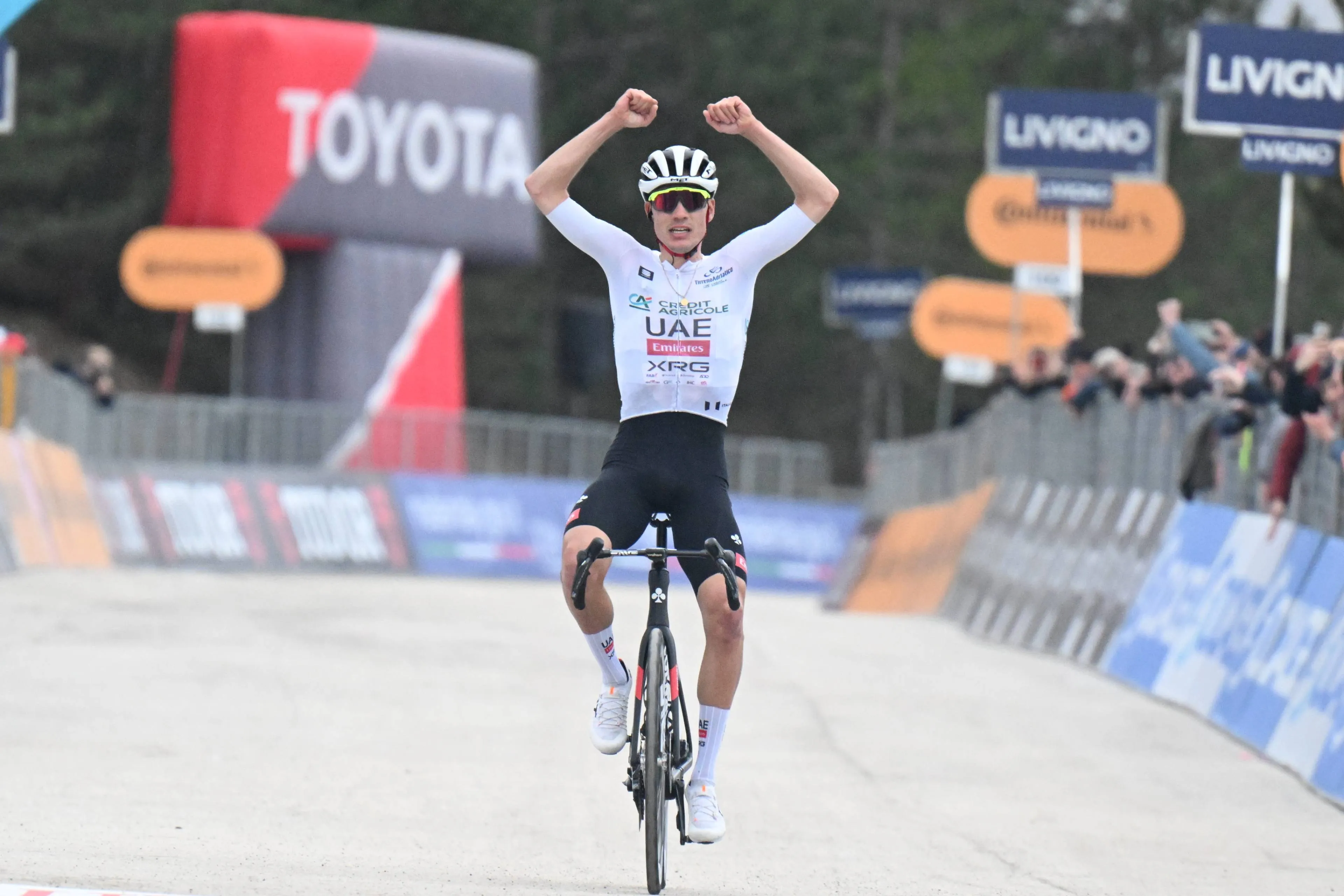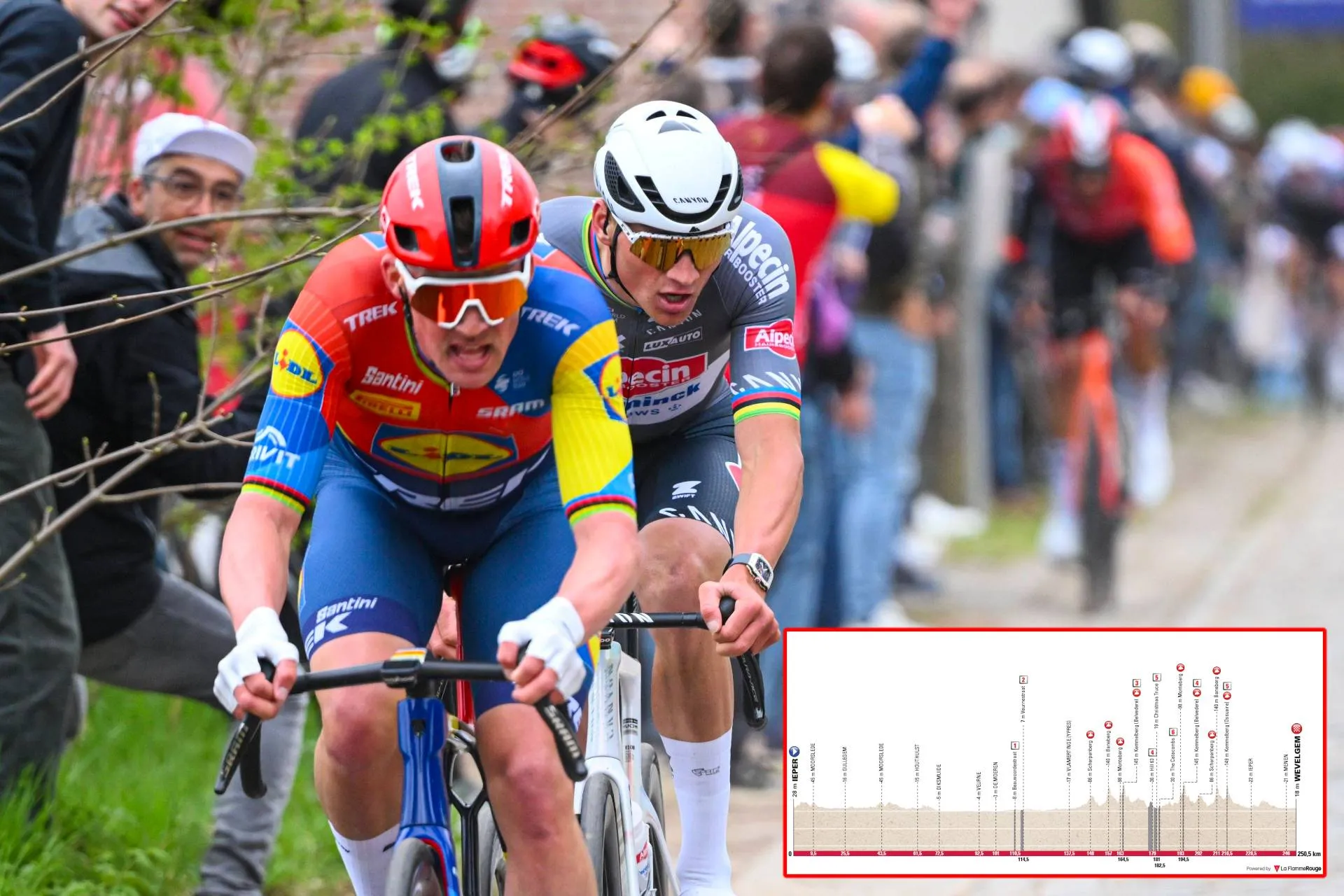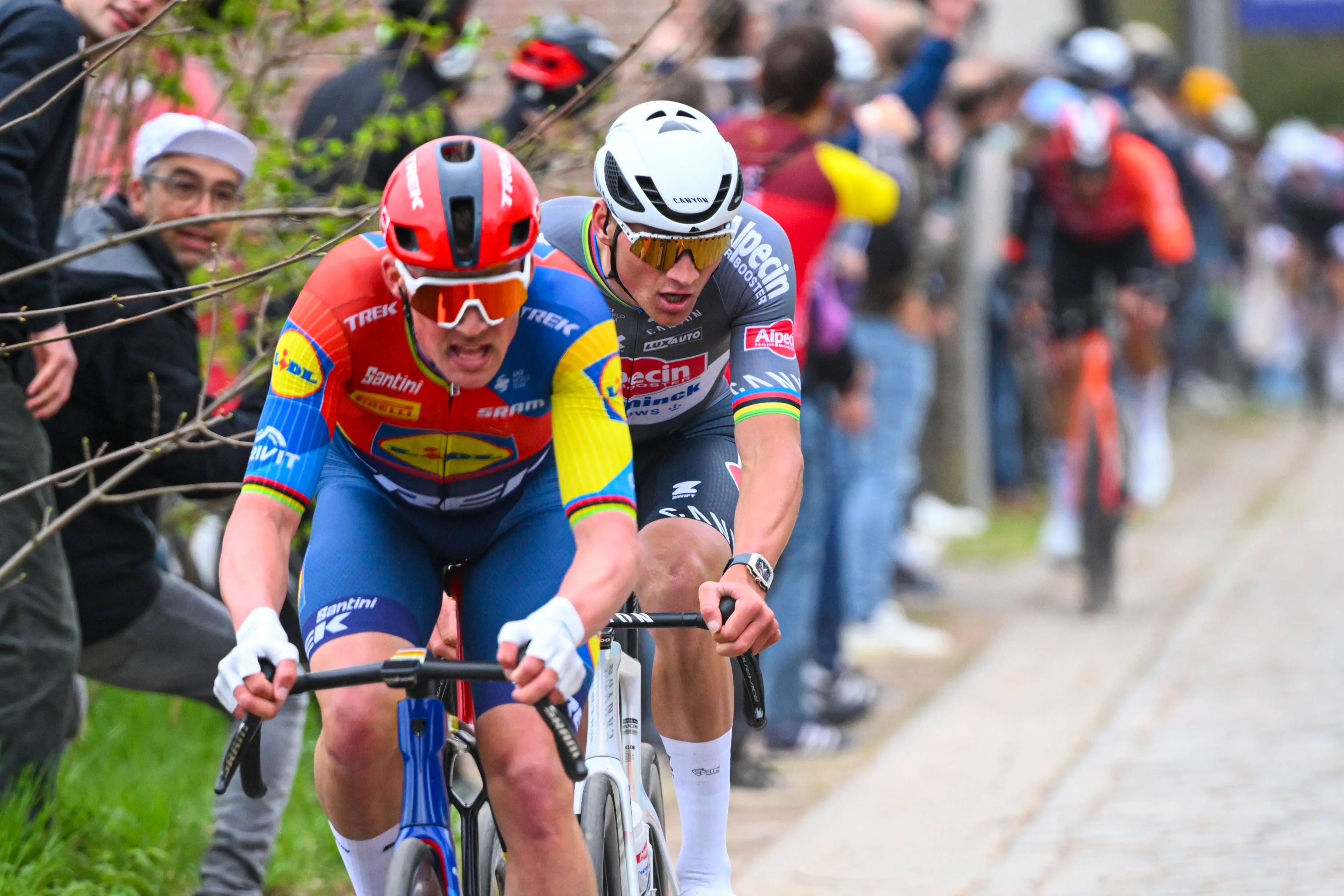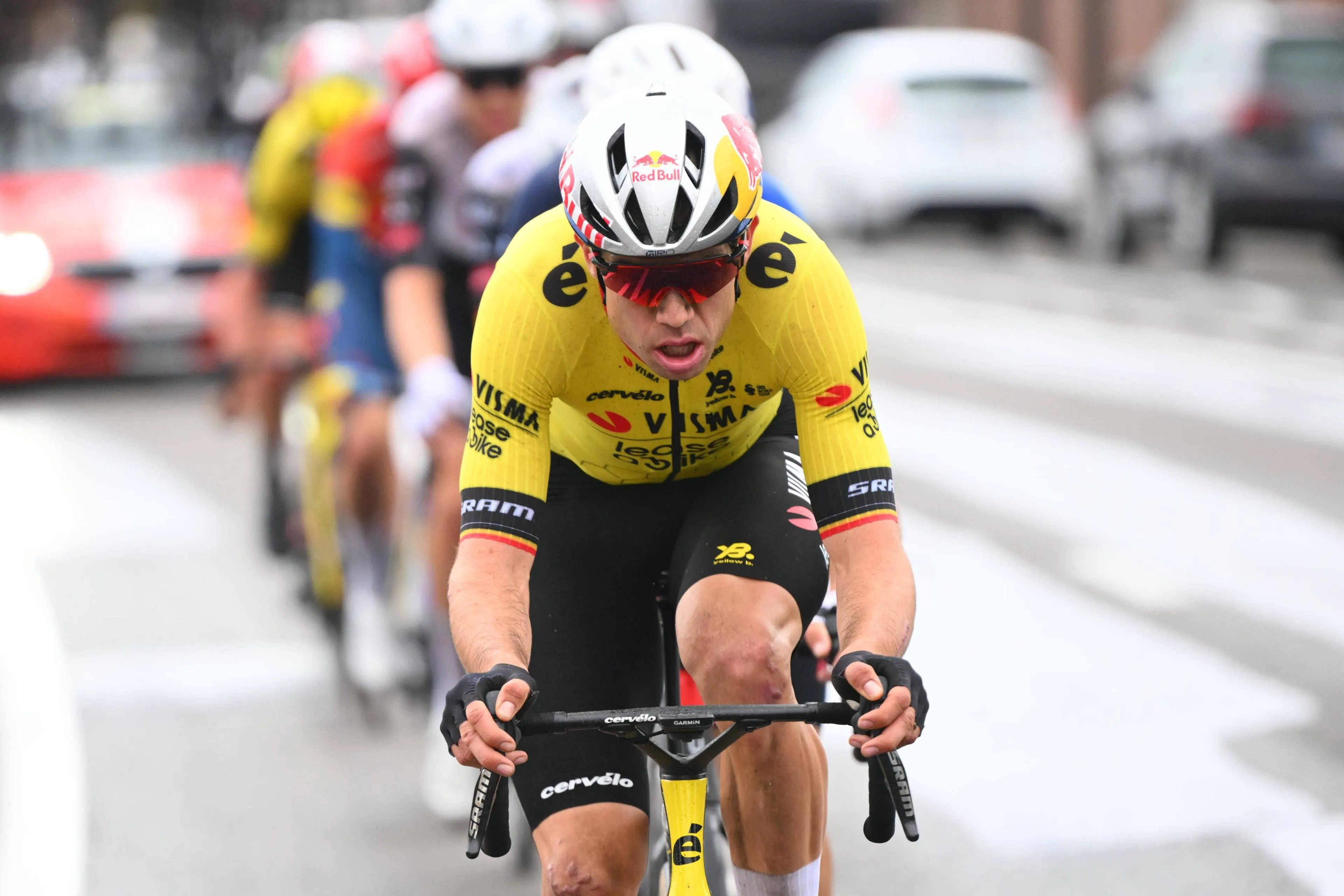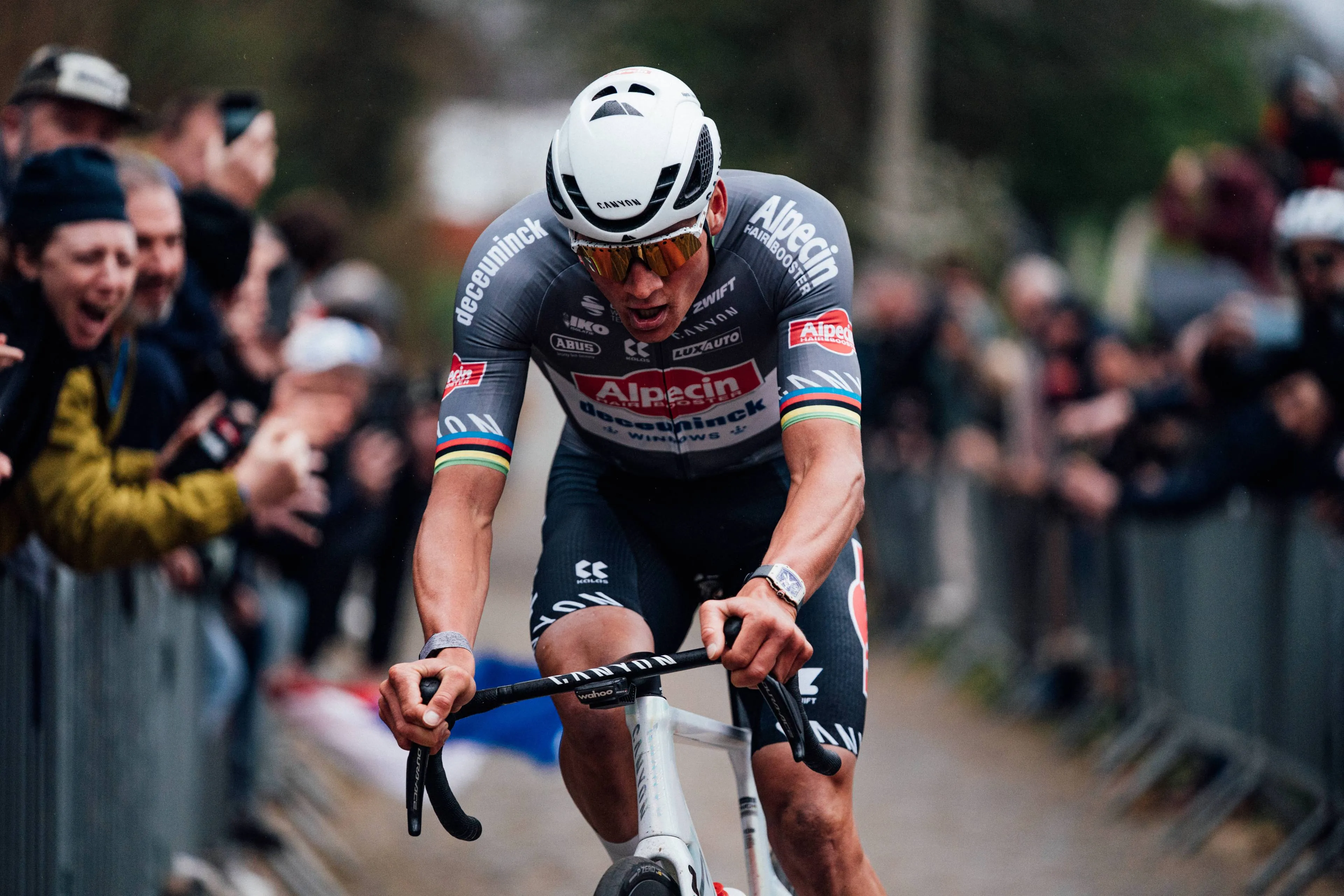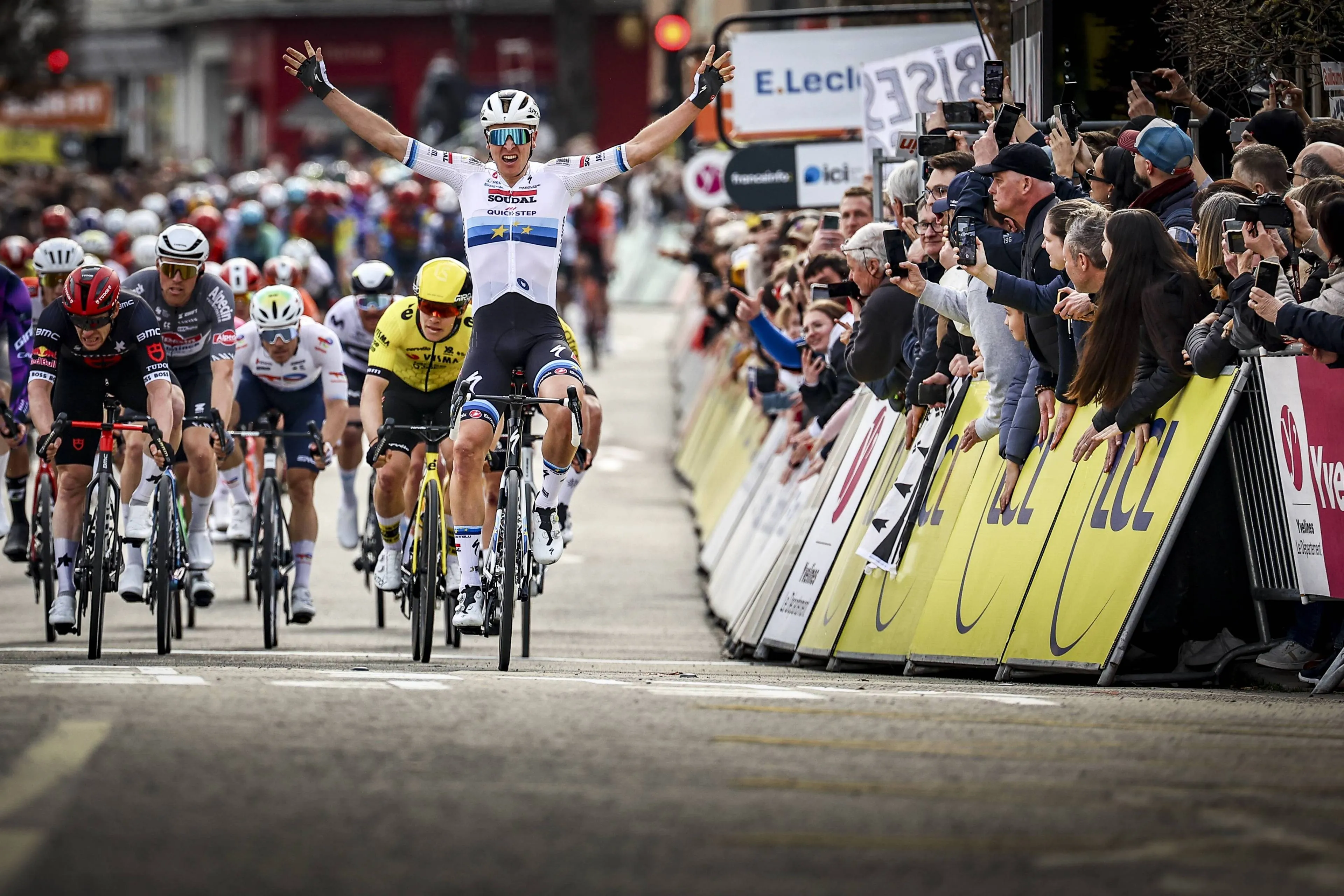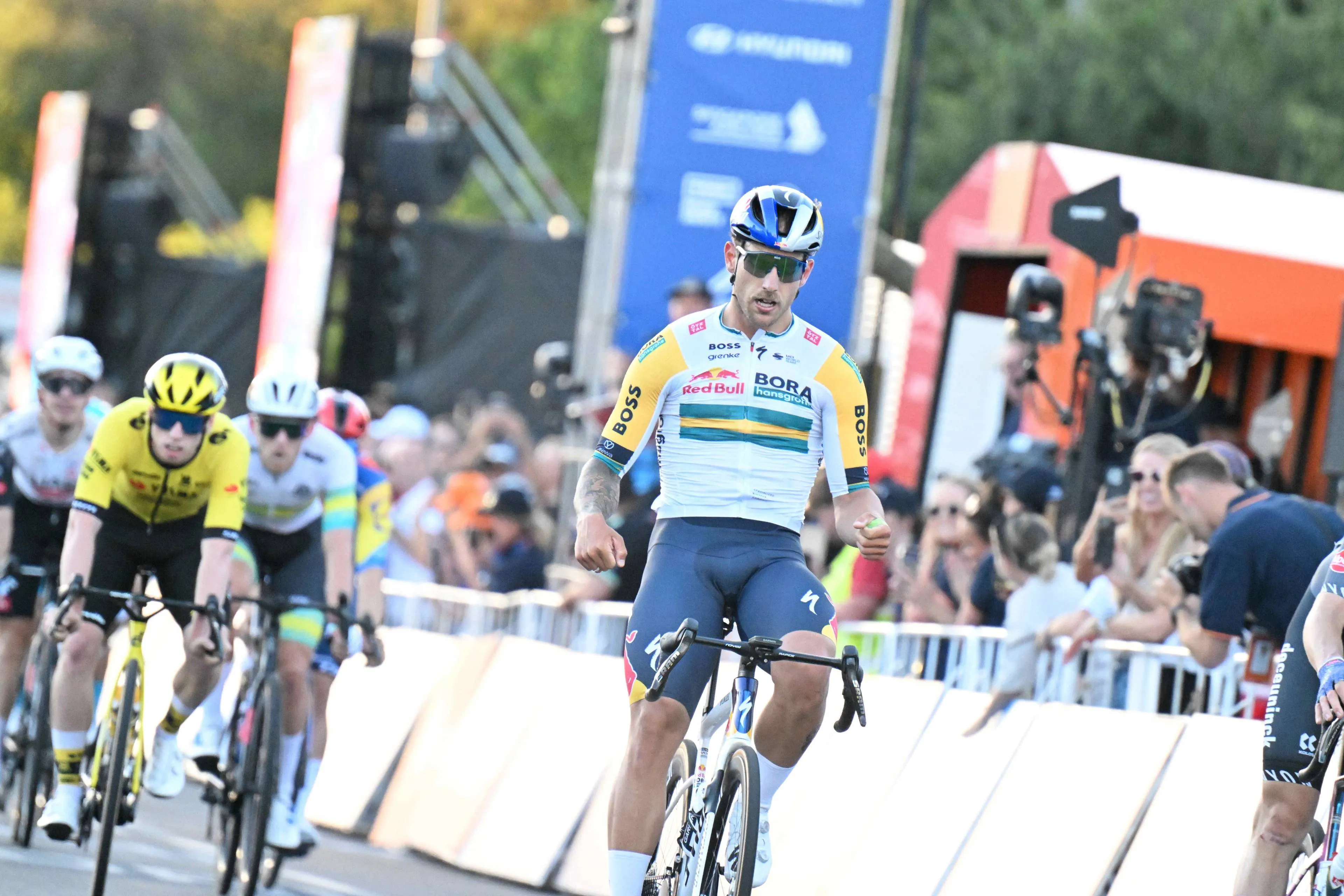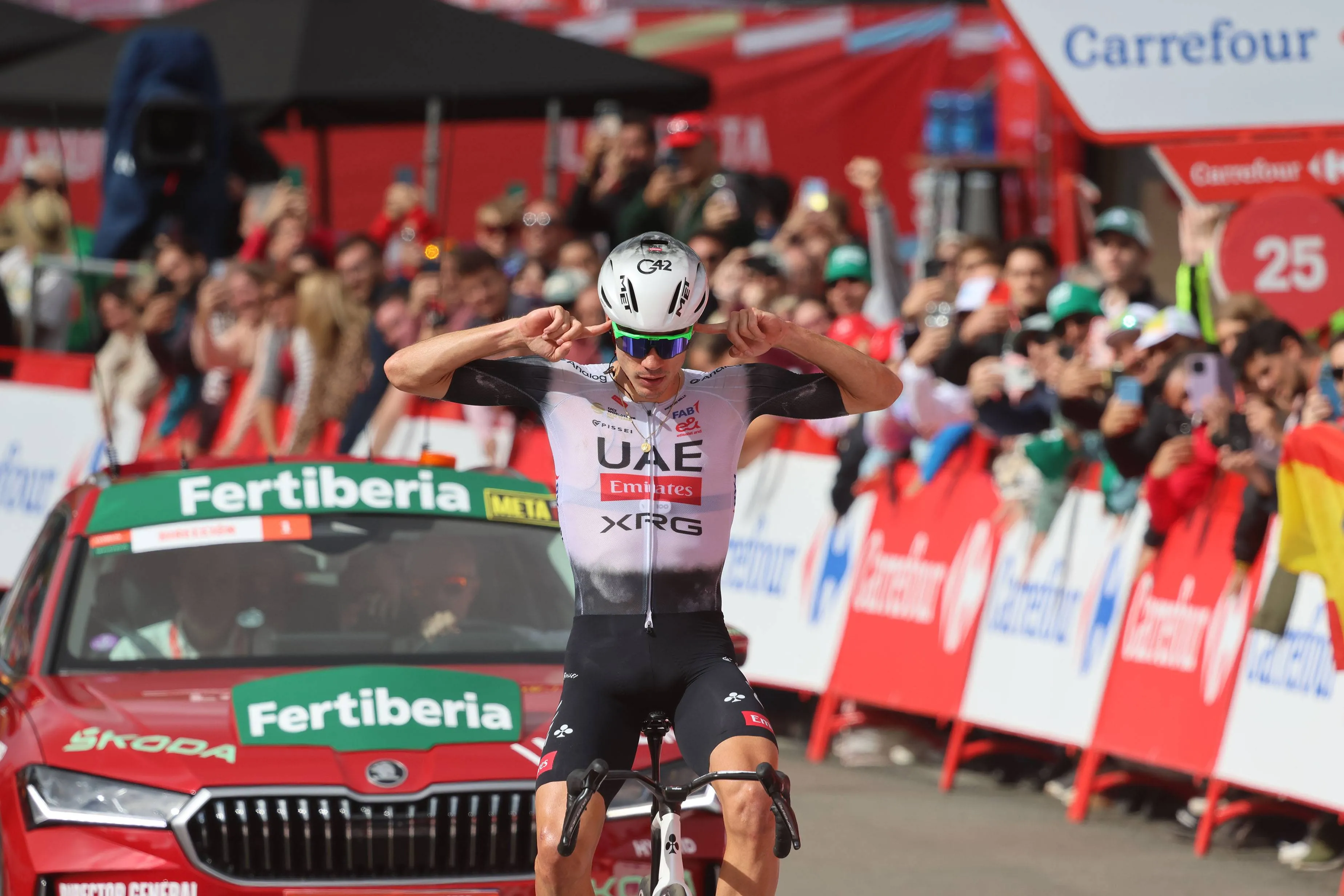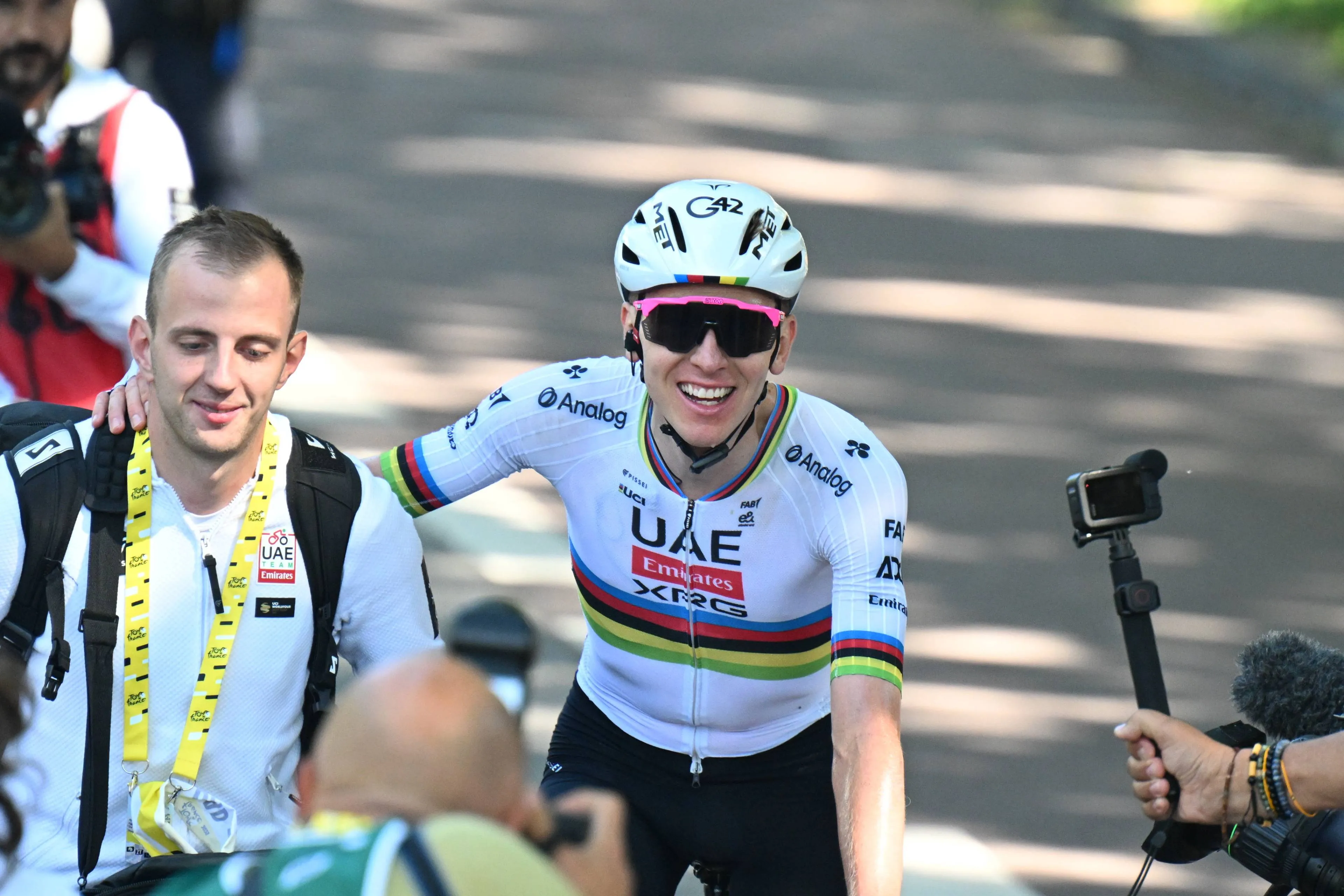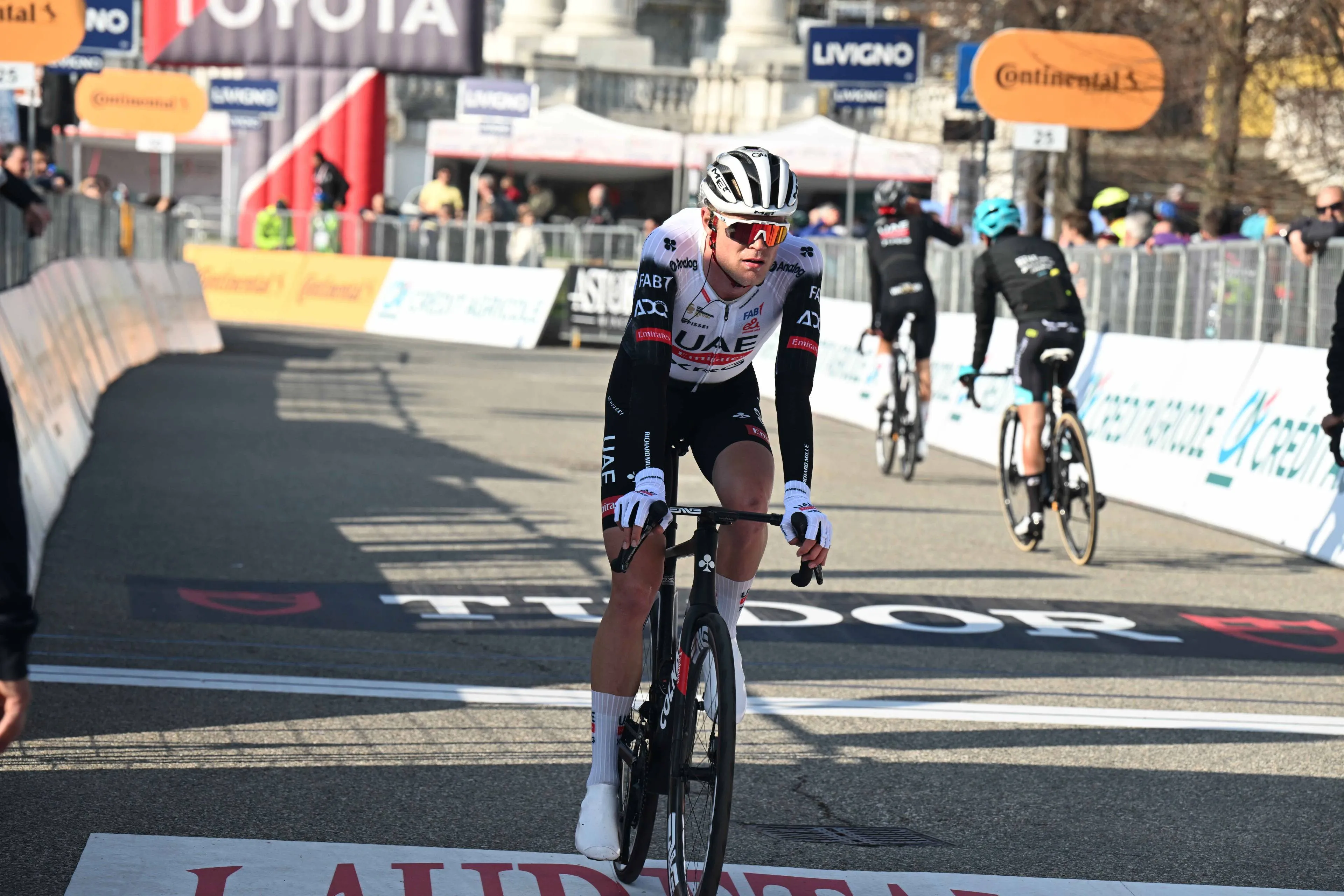ANALYSIS: Five editions of Gent Weveglem that made it a fan favourite
CyclingSunday, 30 March 2025 at 11:16
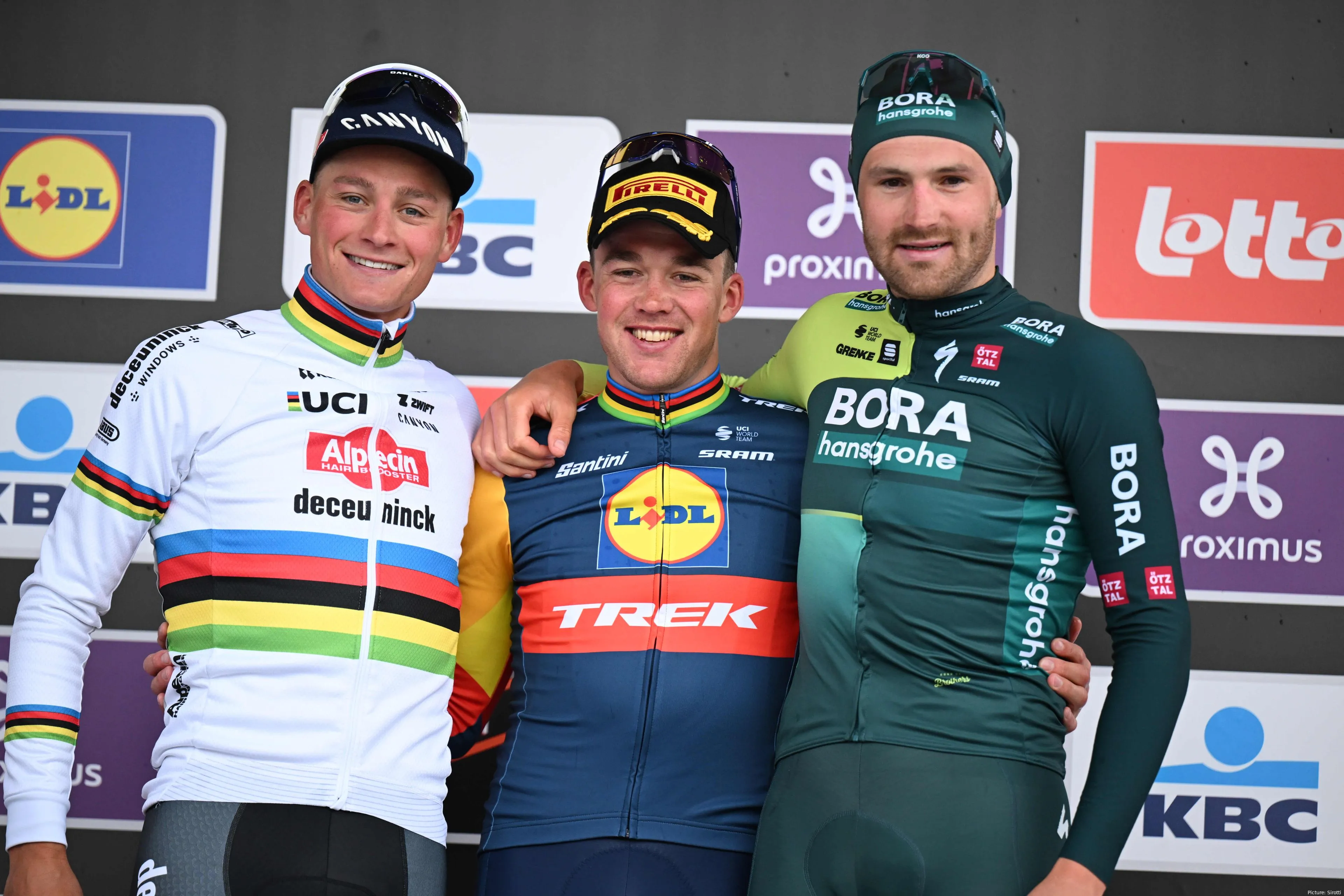
Gent Wevelgem takes place today, a race that is a fixture of
Belgium’s beloved Spring Classics calendar and a race that blends cycling drama
with historical importance. First held in 1934, the race typically unfolds on
the final Sunday of March, slotted perfectly a week before the Tour of
Flanders.
While often labelled a “sprinters’ classic” due to its flat
finish, Gent Wevelgem has defied that reputation time and again, with its
unpredictable conditions, punishing cobbled climbs, and exposed fields that
turn wind into a weapon.
Read also
What sets Gent Wevelgem apart is its geographical and
emotional setting. The course weaves through the former battlefields of World
War I in West Flanders. Riders pass under the Menin Gate in Ypres, a solemn
monument to fallen soldiers, and tackle climbs like the Kemmelberg, a brutal
cobbled ascent with gradients reaching 23%. These roads, etched with history
and frequently soaked with rain and whipped by winds, create a brutal race
where survival often trumps sprinting speed
Beyond the suffering and strategy lies the symbolism: the
race’s official title pays homage to the poem “In Flanders Fields,” and since
2012 it has featured both men's and women's races on the same day. Together,
these attributes make Gent Wevelgem one of the sport’s most emotionally
resonant and tactically unpredictable events.
Read also
Below, we look back at five editions (across both men’s and
women’s races) that capture the essence of this historic one-day classic.
1977
The 1977 Gent Wevelgem broke all conventions. At 277 km, it
remains the longest edition in the race’s history. This year’s course veered
deep into the Flemish Ardennes, with eleven climbs including the Koppenberg and
two ascents of the fearsome Kemmelberg. Rather than offering up a typical
fast-man finale, the race resembled a miniature Tour of Flanders, a punishing
journey that turned the peloton into survivors.
Out of this chaos, a 22-year-old Bernard Hinault made his
mark. Known then as a promising French talent, Hinault powered away from a group
and soloed to victory in Wevelgem. This win wasn’t just a surprise; it was a
declaration of intent.
Read also
The future five-time Tour de France winner showed that he
could not only dominate stage races but also master the rough roads and cobbles
of northern Europe. It was rare then (and still now) for a Grand Tour contender
to conquer Gent Wevelgem, but Hinault’s win confirmed the race’s ability to
crown true all-rounders. In the larger context of classics history, 1977 proved
Gent–Wevelgem could be as hard, as tactical, and as prestigious as any of the
Monuments.
2012
Gent–Wevelgem’s expansion into the women’s calendar came in
2012 with the inaugural women’s race. It was a long-overdue move, but it was
made memorable by a bold and brilliant ride from Britain’s Lizzie Armitstead
(now Deignan).
Attacking with 40 km to go, Armitstead braved the wind and
cobbles solo, resisting all chase efforts behind. On a course built to test
positioning and power in the crosswinds, her solo effort became a lesson in how
to pace the race. It was not only a spectacular win but a symbolic one, launching
her 2012 campaign that would peak with an Olympic silver medal later that year.
Read also
The race also signalled the growing credibility of the
women’s classics calendar. Gent Wevelgem’s commitment to a women’s edition laid
groundwork for future expansion, eventually earning a spot on the Women’s
WorldTour in 2016.
2015 (men)
If ever there was a Gent Wevelgem that disproved its
reputation as a predictable race for sprinters, it was 2015.
The men’s edition that year turned into a battle of survival
against the elements, as ferocious crosswinds tore the peloton to pieces. At
one point, a gust lifted Geraint Thomas clean off his bike and into a ditch, a
moment that would become one of the most-shared clips of the spring.
Only 39 of the nearly 200 starters made it to the finish
line. The rest succumbed to crashes, fatigue or the relentless wind. Amidst the
mayhem, veteran Italian Luca Paolini launched a late solo attack from a group
of battered contenders.
Read also
With 6 km to go, he accelerated, and no one could respond.
At 38 years old, Paolini claimed the biggest one-day victory of his career.
The 2015 edition is remembered not only for Paolini’s canny
move but for highlighting Gent Wevelgem’s harshness. Far from a calm sprinters’
parade, it was a war zone on wheels. It demonstrated that under the right (or
wrong) weather, this race could be every bit as brutal as Paris-Roubaix or the
Tour of Flanders.
2015 (women)
The 2015 women’s race, run in the same hurricane like
conditions, provided its own unforgettable storyline. As the peloton splintered
under the strain of wind and rain, young Dutch rider Floortje Mackaij stayed
cool amid the chaos. Just 19 years old and in her first full pro season,
Mackaij made the key split alongside teammate Amy Pieters.
Read also
With just 3 km to go, she attacked the lead group and didn’t
look back. Mackaij’s solo win (her first as a pro) was a moment of youthful
defiance against both her elders and the weather gods.
Mackaij’s win is still cited as one of the best moments in
the women’s race’s history, a reminder that sometimes the boldest move wins, no
matter how experienced you are.
2022
Gent Wevelgem’s 2022 men’s race delivered a landmark moment,
not just for cycling but for sport as a whole. Eritrean rider Biniam Girmay
outsprinted a select breakaway group to win, becoming the first African cyclist
to claim victory in a major one-day classic.
Read also
The 21-year-old’s triumph capped a tactical and high-paced
race, where he made the final selection with Christophe Laporte, Jasper Stuyven
and Dries Van Gestel. With the bunch closing fast, Girmay launched an early
sprint from about 250 metres out, a bold move that paid off. Laporte surged
alongside him, but Girmay held on to win by half a wheel.
It was a win that reverberated beyond Belgium, proof that
the classics were becoming truly global. Later that season, Girmay confirmed
his class by winning a stage of the Giro d’Italia, but it was Gent Wevelgem
that had put him in the spotlight.
More than just a race, Girmay’s win was a cultural
milestone. It spoke to the diversity and evolution of the sport, one where a
young African rider could now conquer the toughest of classics.
claps 0visitors 0
Just in
Popular news
Latest comments
- Overall, the level has gone up amongst the top 3 or 4 teams... Except for Ineos, the level has gone down.
 Front24216-12-2025
Front24216-12-2025 - So long as Tadej doesn't turn into a raging Cav or Wiggins, status quo will prevail.Colnago-fan16-12-2025
- The UCI have stated that Carboni's biological passport irregularities were from 2024, when he was riding for JCL Team UKYO. The details matter.
 santiagobenites16-12-2025
santiagobenites16-12-2025 - Well, it might sound very arrogant or like a put down. I think his words are pretty accurate and a good assessment on the physique or formOnepiece16-12-2025
- Johansen gets a year and the 'big stars' get big bucks and everything...' Gianetti - hard fkr
 leedorney16-12-2025
leedorney16-12-2025 - Pedersons talent doesn't need to be doubted - he won the world's in Yorkshire in atypical weather for that area and that's a win in itself!
 leedorney16-12-2025
leedorney16-12-2025 - Yeah, it's basically a form of clickbait to make you click on the headline and spend a few seconds reading to find out who it is. That helps with the analytics that advertisers are looking for (i.e. how long readers are spending on the page).Pogboom16-12-2025
- The headline doesn't say anything... Right down the page tho, it says Sam Welsford 🙄 Like how fkg hards that... TO PUT IN THE HEADLINE 🙃
 leedorney16-12-2025
leedorney16-12-2025 - We are talking here about 2025/2026 season. It is obvious that everybody gets old and at some point going to be slower.averagecyclist16-12-2025
- The only way to win against a stronger rider is by using tactics. You don't work with them, let them expend energy while you remain in the wheels.abstractengineer16-12-2025
Loading
Write a comment
